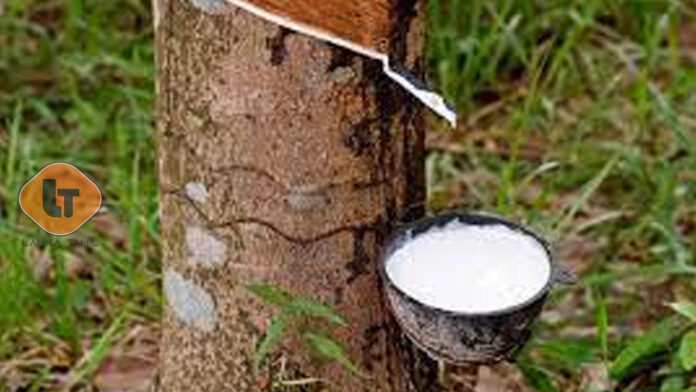More than 50,000 hectares of rubber plantations have been impacted by the rapid spread of a fungal disease in Sri Lanka. The Circular Leaf Spot Disease (CLSD) has severely affected the crop output, with approximately 51 percent of rubber plantations being affected, according to the latest report by Forbes & Walker Commodity Brokers. Out of the total 98,000 hectares of rubber plantations, over 50,000 hectares have been impacted by the disease. The situation has been further aggravated by adverse weather conditions, including continuous rainfall in recent months, which has disrupted the harvesting process. The disease was first reported five years ago, affecting 10,000 hectares in certain districts. Since then, the affected area has increased to 20,000 hectares in 2020 and 40,000 hectares in 2021. This has resulted in a 14 percent drop in rubber production over the past five years. The Rubber Research Institute reported that rubber production in 2012 was 152,100 MT, but it dropped to 70,870 MT in 2022. The declining output each year has raised concerns about Sri Lanka’s ability to meet the growing demand for its leading export crop. In the most severely affected areas, rubber latex production has collapsed by up to 30 percent. The CLSD is believed to have originated in Malaysia in 1987 and 2003 before spreading to Sri Lanka and other rubber-producing Asian countries like Indonesia, Malaysia, and Thailand. However, it does not seem to affect rubber-producing countries in Africa.
© 2023 LANKA TAMIL TV - All Rights Received


















